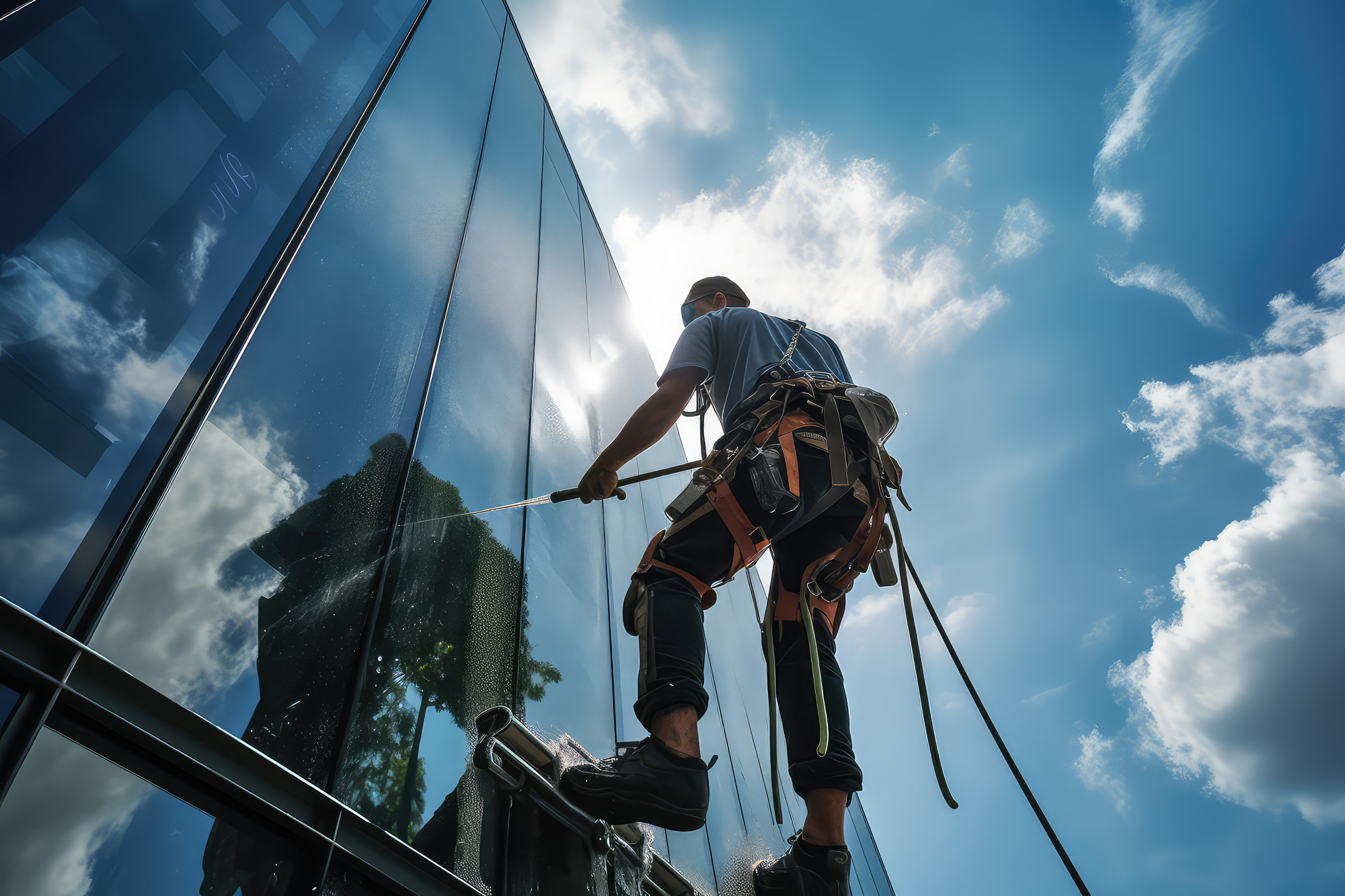The pandemic brought a heightened awareness of cleaning and disinfection to both cleaning companies and the general public. The Use, Overuse, and largely Misuse of chemical disinfectants have caused increased concern about exposure to toxic chemicals (Reminder: disinfectants are classified as pesticides by the EPA), and potential antimicrobial resistance. This saw a renewed interest in other methods of disinfection, especially steam and UV light. Let’s a take a closer look at steam.
Steam has been used for years as a disinfecting medium. For example, the autoclave, where surgical instruments are sterilized by high temperature steam (under pressure) for 20 minutes or so. Steam has also become a popular cleaning tool, both as steam mops and dry steam generators. Steam mops are not disinfection devices and are not sold as such, but dry steam vapor machines are suddenly popping up as solid alternatives to chemical disinfectants. There is good evidence that steam can kill or inactivate viruses, bacteria, and other pathogens, but it takes more than passing some steam over a surface in order to actually achieve disinfection.
First of all, what is a dry steam vapor generator? It is a machine with a boiler in which water is superheated to create steam that has a lot of heat and low moisture content, normally around 5%. Units vary widely in size, water and steam heat and steam pressure. Some units have just a boiler so that they have more limited run times between refills and repressurizing, others have non-pressurized reservoir tanks so they can be continuously refilled. While most of these units will do a passable or better job of cleaning, but now many of these units claim to be effective disinfection tools. But are they?
To be considered a disinfection device a unit must show a reduction of 99.999% of the target pathogen within a proscribed time. This testing must be submitted to the EPA to receive an Establishment number which is then listed on each unit. Any company claiming to disinfect should have available their test results for their machines. Some are referring to published studies that were done on specific machines, not theirs. If you are looking for a machine for disinfection, it is important to consult the manufacture’s testing on the specific machine you are reviewing.
Unfortunately, in examining the websites of several major players in the industry, I found only two which had any test results available. One had limited test results showing disinfection after 30 second exposure. This seems to be the assumed contact time needed for disinfection. The problem is, a 30 second contact time is unrealistic, both for the fact that such long an exposure would damage many surfaces and it would be maddingly slow to disinfect any sizable area. One website, Advap.com, did provide detailed test results to back up their claims of rapid disinfection. (3-7 seconds!). This is a much more doable contact time and makes actually achieving disinfection more realistic. The difference is their proprietary system Thermal
Accelerated Nano Crystal Sanitation (TANCS®) which they claim allows for the rapid disinfection rate. These tests have met the EPA standard for a disinfecting device and they clearly list their EPA Establishment number. Also worth checking out on the site are three peer reviewed studies showing some amazing results using their system. Unfortunately, some other manufacturers may have misrepresented their products by quoting from these studies which are specific to the TANCS-equipped systems.
If all you are looking for is cleaning, many of these units will work well, but if you need actual disinfection, take the time to check what test results the manufacturers use to back up their claims especially if you are a contractor or in-house service provider making claims of disinfection.





